kuiperbelt
Latest

NASA releases sharpest-ever images of distant Kuiper Belt object
The mysterious Kuiper Belt object 2014 MU69 now exists as more than a generic-looking blob. NASA has posted its sharpest-ever images of the object, captured a relatively close 4,109 miles away at 12:33AM on January 1st. While scientists already knew some details about MU69 before now, such as its unusual two-part 'pancake' shape, these higher-quality images show details that just weren't visible before. You'll find circular pieces of terrain, deep pits (visible toward the top) and other details that were previously elusive.
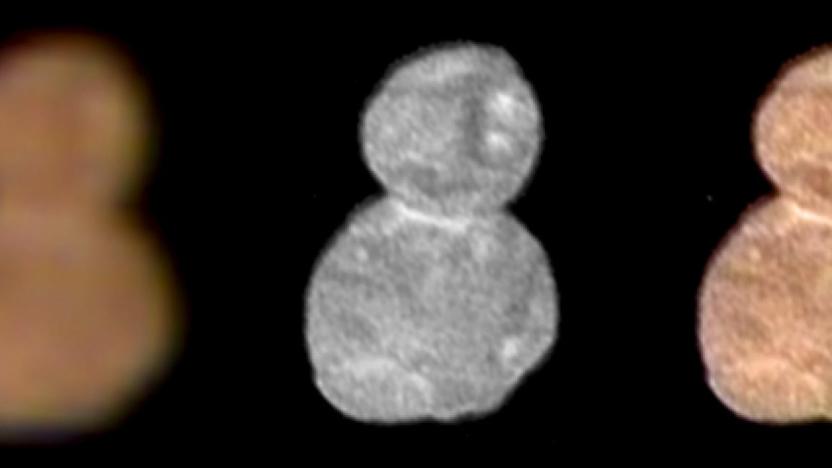
NASA releases first clear images of distant Kuiper Belt object
NASA's New Horizons team has released the promised first images from its history-making flyby of (486958) 2014 MU69, and they're already shedding some light on the early Solar System -- while also raising some questions. The snapshots, captured from as close as 17,000 miles away, show that the 21-mile-long Kuiper Belt object is a "contact binary" where two spheres slowly collided and fused with each other. The two may have linked up "99 percent of the way" to the start of the Solar System, Johns Hopkins University APL said.
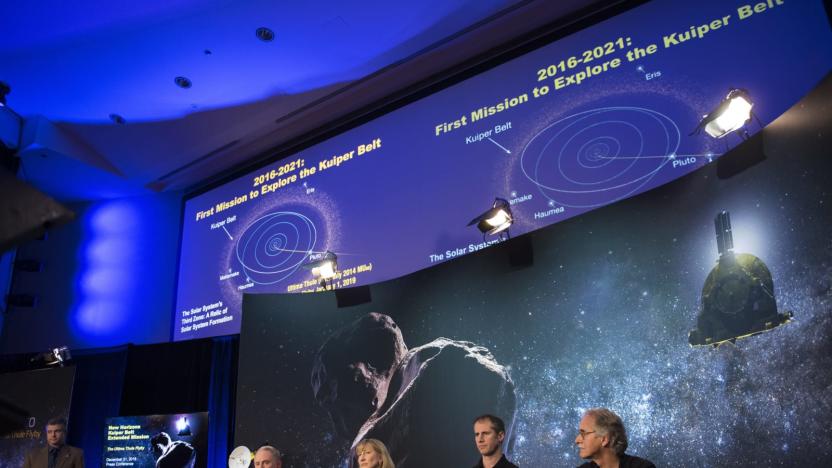
New Horizons probe sends first signal from Ultima Thule
NASA now has proof that its New Horizons probe completed its record-setting flyby of the Kuiper Belt object Ultima Thule. The mission team confirmed the flypast at 10:31AM Eastern Time after receiving telemetry data indicating that the spacecraft was "healthy." It technically flew past Ultima Thule at about 12:33AM , but the combination of data collection and the six-hour signal travel time left the New Horizons crew waiting until much later to receive the A-OK from their pride and joy.
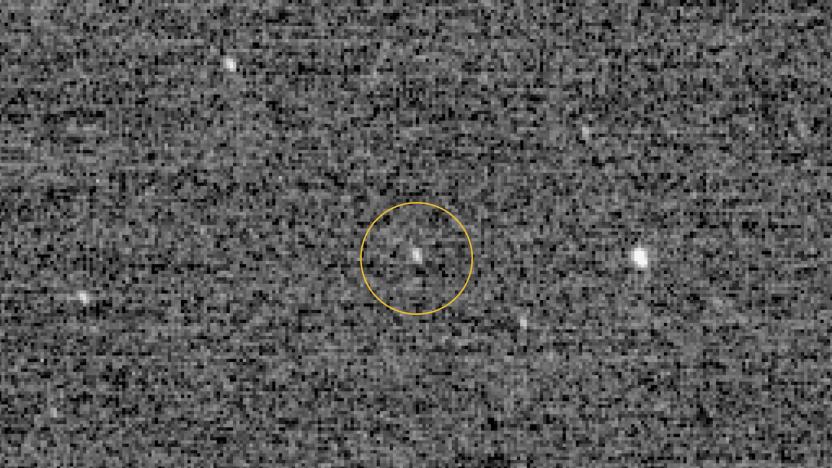
NASA will reach its most distant target yet on New Year's Day
While we're welcoming the new year here on Earth, NASA's New Horizons spacecraft will be ringing in 2019 with a flyby of a very distant object in our solar system. In 2015, New Horizons gave us our best look yet at Pluto, and ever since, it has been heading towards a distant Kuiper Belt object known as Ultima Thule. On January 1st, 2019, it's scheduled to reach Ultima Thule, where it will collect detailed images and other data as part of the most distant exploration of a space object to date.
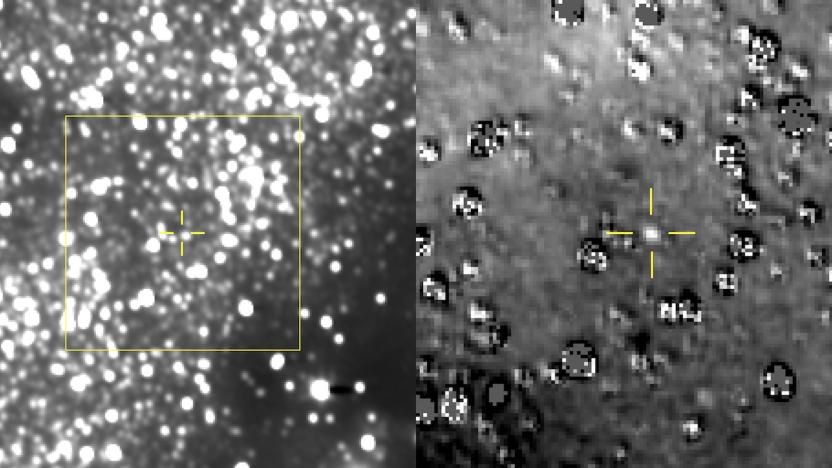
New Horizons snags image of distant Kuiper Belt target a month early
After NASA's New Horizons spacecraft collected a trove of data from its six-month-long flyby of Pluto, it set its sights on a much smaller object in the Kuiper Belt -- an object dubbed 2014 MU69. Scientists believe MU69 will likely be a rather preserved outer solar system object, one that could provide clues as to how dwarf planets like Pluto may have formed billions of years ago. Now the New Horizons team reports that it has snapped a picture of its distant target and it did so weeks before MU69 was expected to be visible to the spacecraft.
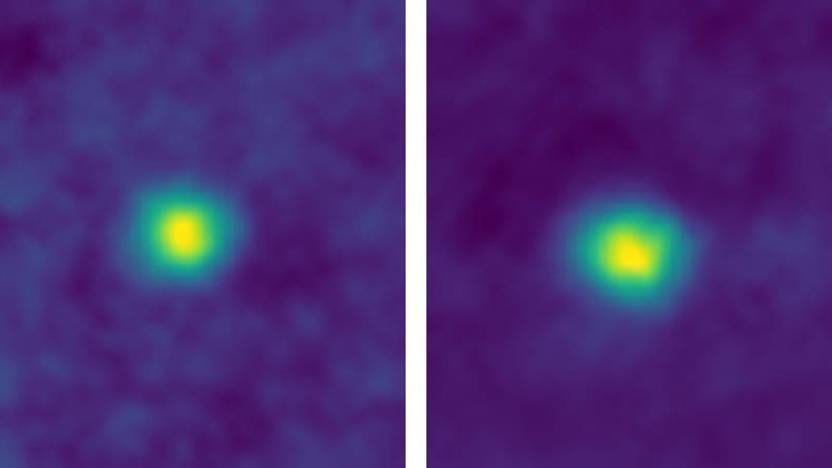
New Horizons probe captures images at record distance from Earth
Voyager 1 has held the distance record for a captured image for the past 27 years thanks to its legendary "Pale Blue Dot" photo (3.75 billion miles away from Earth), but that milestone just got smashed. NASA's New Horizons probe took pictures of Kuiper Belt objects at a distance of over 3.79 billion miles from our cosmic home on December 5th. They weren't technically the first images to break the record, though -- an image of the "Wishing Well" star cluster from two hours earlier (below) has that honor.
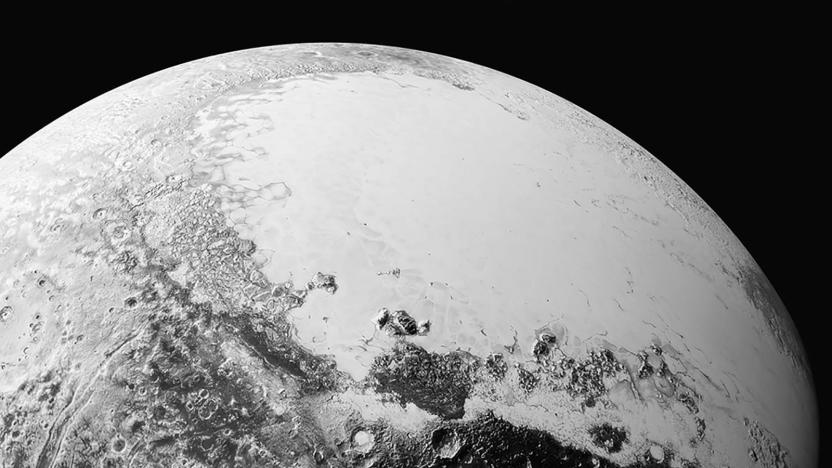
NASA's New Horizons probe is officially set to explore the Kuiper Belt
After capturing and transmitting the most detailed images of Pluto we've ever seen, NASA's New Horizons space probe is getting a new mission. NASA announced today that the probe had received funding to continue its exploration of the outer reaches of our solar system. Going deeper into the Kuiper Belt, New Horizons is set to reach the small icy object known as 2014 MU69, which was first discovered by the Hubble telescope in June of 2014. This potential destination was announced last year, but now the probe has officially been given clearance to make the trip. It should arrive at 2014 MU69 on January 1st, 2019.

This is your closest look yet at a Kuiper Belt object
That moving dot you see in the picture above may not seem like much at first glance, but it's a pretty big deal -- it's humanity's closest-ever look at an object in the Solar System's distant Kuiper Belt. NASA's New Horizons spacecraft recently caught 1994 JR1 on camera from "just" 170 million miles away, or 15 times closer than any Kuiper Belt object has been seen before. That's no mean feat when the celestial body is a whopping 3.3 billion miles away from the Sun, putting it beyond Pluto's current position and into the realm of even tinier dwarf planets like Haumea and Makemake.

New Horizons is now on track to explore the outer solar system
After snapping beautiful images of Pluto, New Horizons has set its sights on an ancient body in the Kuiper Belt. The space probe has completed the last of four maneuvers and is now on course for "2014 MU69" with an expected interception date of January 2019 (if the project gets NASA's seal of approval). As glorious as a trip into the unknown would be, even just executing these targeting burns is an impressive effort considering how far away from Earth the probe is. "This is another milestone in the life of an already successful mission that's returning exciting new data every day," said Curt Niebur, New Horizons program scientist at NASA Headquarters. "These course adjustments preserve the option of studying an even more distant object in the future, as New Horizons continues its remarkable journey."



